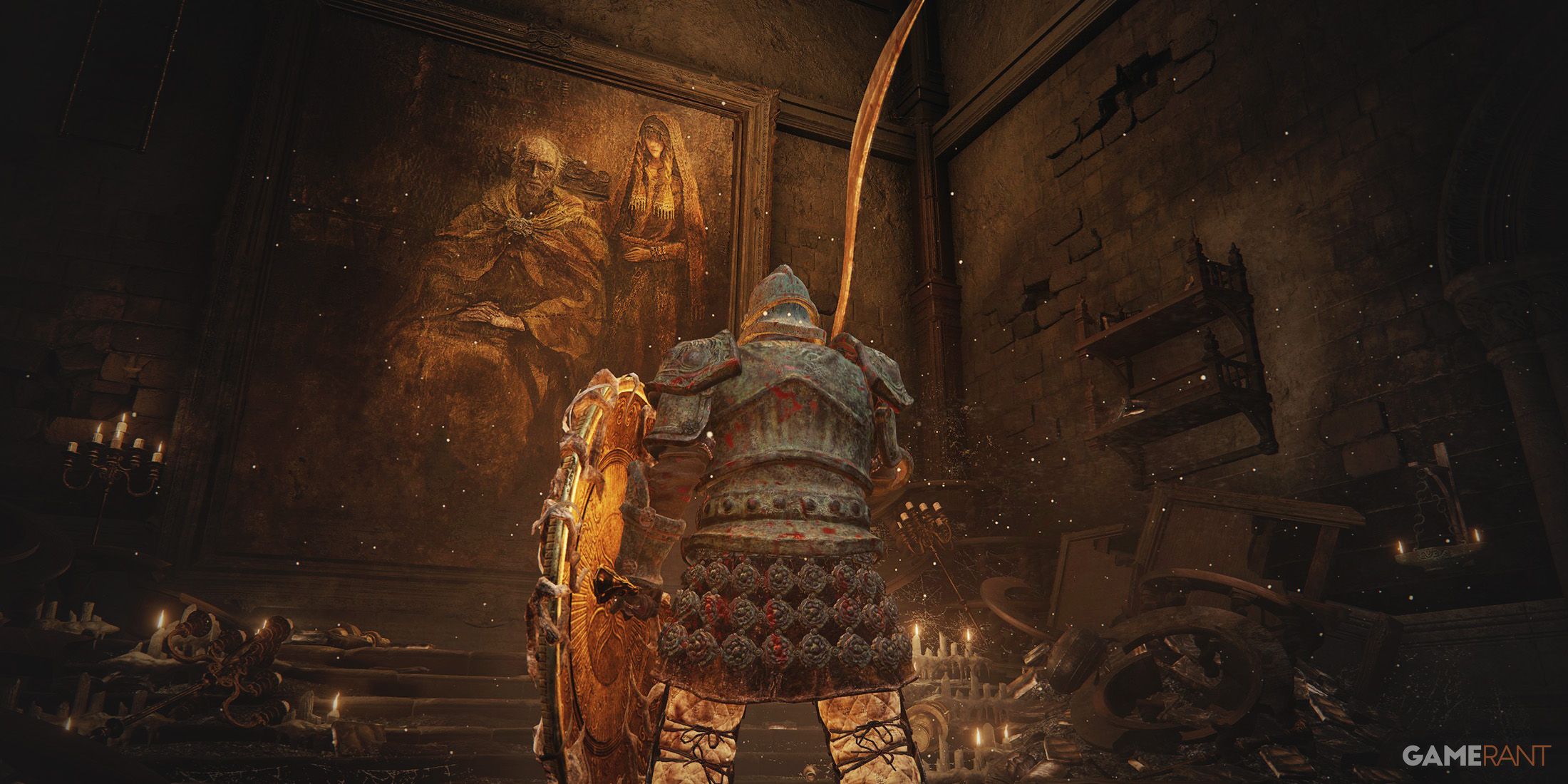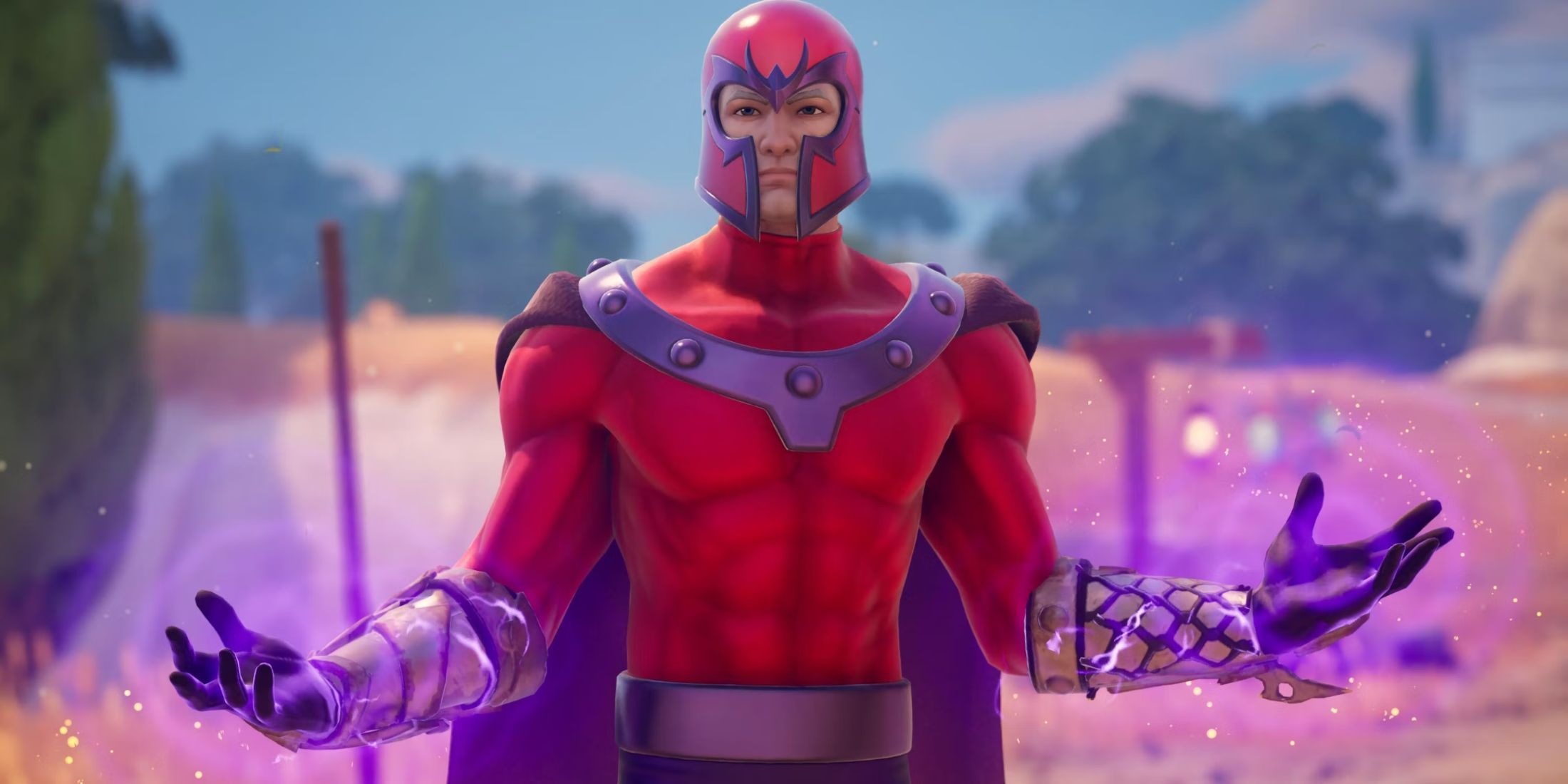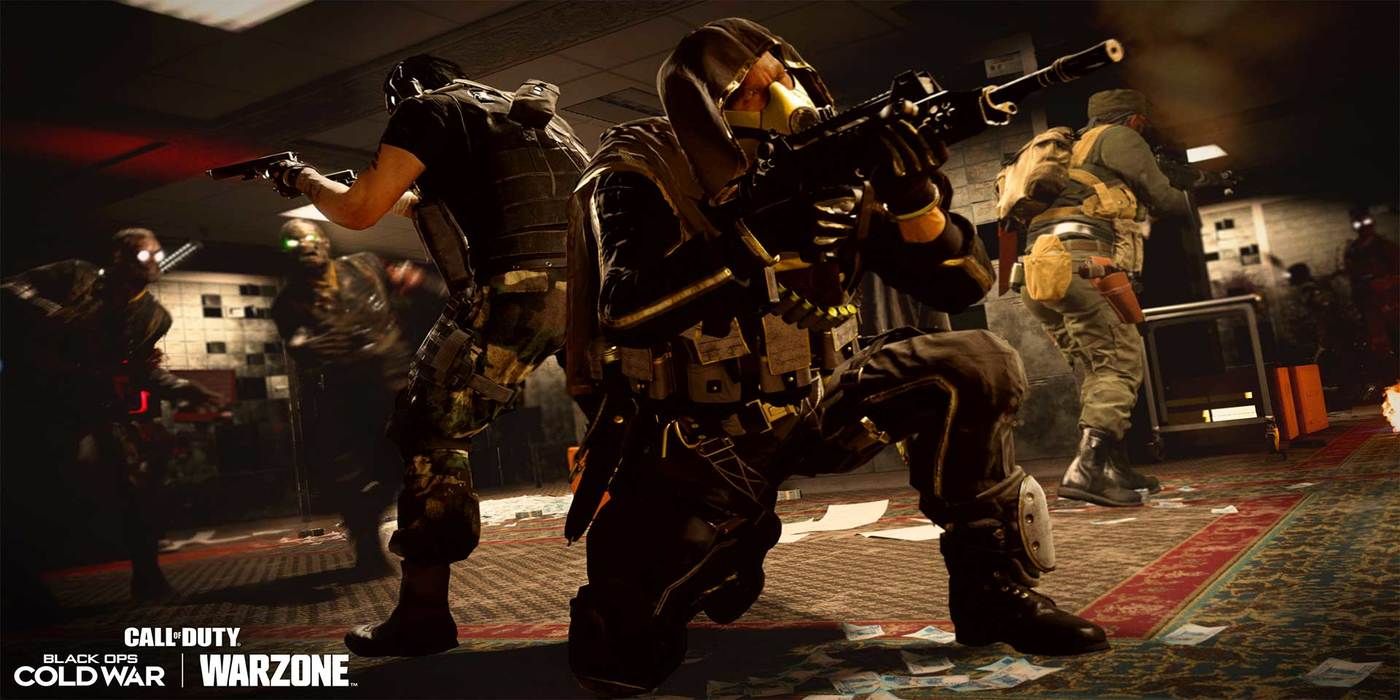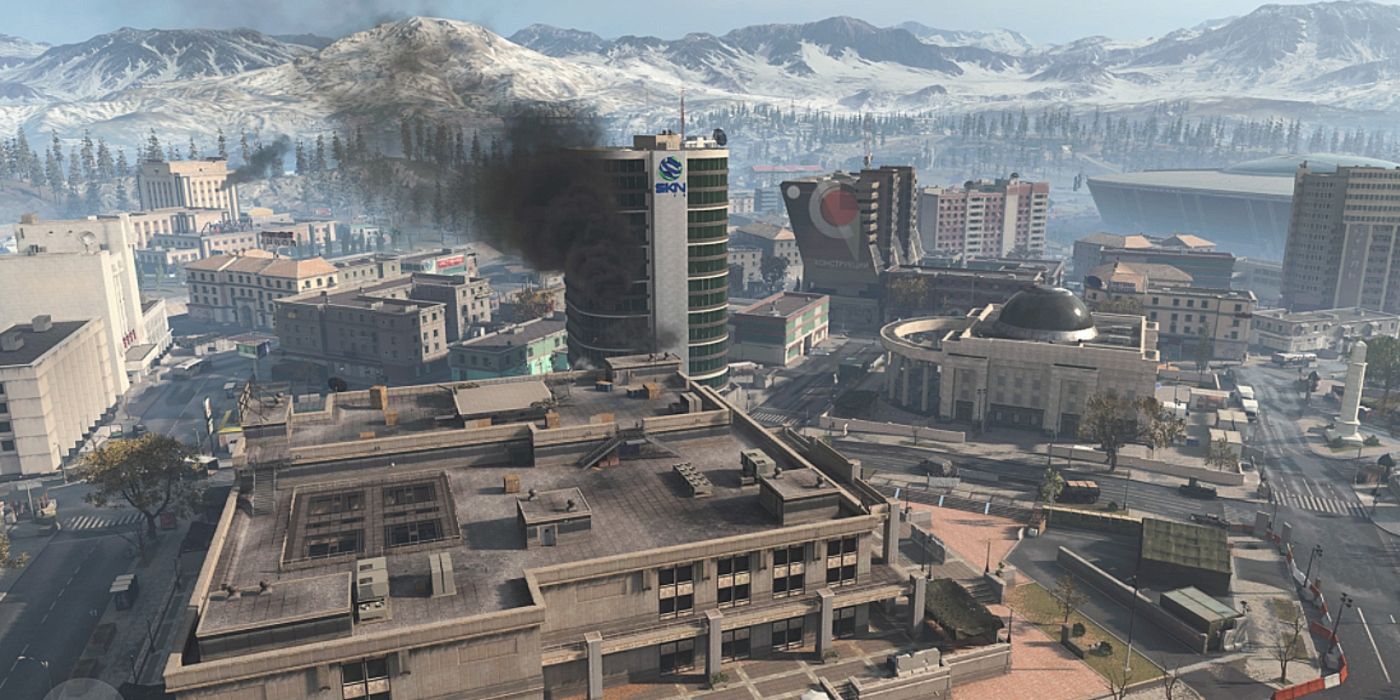Call of Duty: Warzone has become an unparalleled success, with the game dominating the battle royale scene due to its consistent updates and quality gameplay mechanics. A recent interview has finally revealed details about the development of Call of Duty: Warzone, however, and it seems like not everyone was sure it would be a success.
The interview comes courtesy of The Washington Post, and it sees Infinity Ward studio heads Patrick Kelly and Dave Stohl discussing the game’s early stages. While support studio Raven Software has since taken over a majority of developmental duties for Call of Duty: Warzone, Infinity Ward was crucial to the formation of the game. The mode was designed from the ground up as a battle royale that fit the tone of Call of Duty: Modern Warfare's 2019 reboot, with the same gameplay style and quality meant to carry across the two projects.
Intriguingly, the mode seems to have been partially built because of Blackout. While Blackout focused on the Call of Duty: Black Ops 4 universe, there was nothing in the battle royale area that expanded the Call of Duty: Modern Warfare story. Call of Duty: Warzone was the solution, with Infinity Ward not seeing Blackout as a “concern” and not wanting to “step on Treyarch’s toes” by doing another battle royale. While leaks have indicated that Call of Duty: Warzone’s success led to a new Blackout map’s cancelation, the intent behind the game seems entirely positive.
Kelly also highlights that “some people were concerned” when the idea was pitched to Activision, stating that there were fears that Call of Duty: Warzone was “too big a bit to take.” With the pitch including a massive player count, every building being open to explore, and a loose outline of Call of Duty: Warzone’s contract system, any doubts were understandable. Still, the project was eventually greenlit, and it began development under the unique code name of Project Magma.
Development began back in 2017, a few years before the mode would actually release. Originally, the scale for the game was larger, with the earliest version of the map being “miles and miles of city.” Infinity Ward soon realized that the project was getting out of hand, and building a more streamlined version of the game became the focus. Intriguingly, Kelly cites one of the big limitations as player count, with the number of gamers that could be supported being a key reason that the map was shrunk down to the current version of Verdansk.
While this interview did make the possibility of a 250-player map seem less likely, it was certainly interesting to learn about Call of Duty: Warzone’s origins. With years of content still planned for the game, it seems likely that this success story will continue for some time to come.
Call of Duty: Warzone is available now on PC, PS4, PS5, Xbox One, and Xbox Series X.
Source: Washington Post





